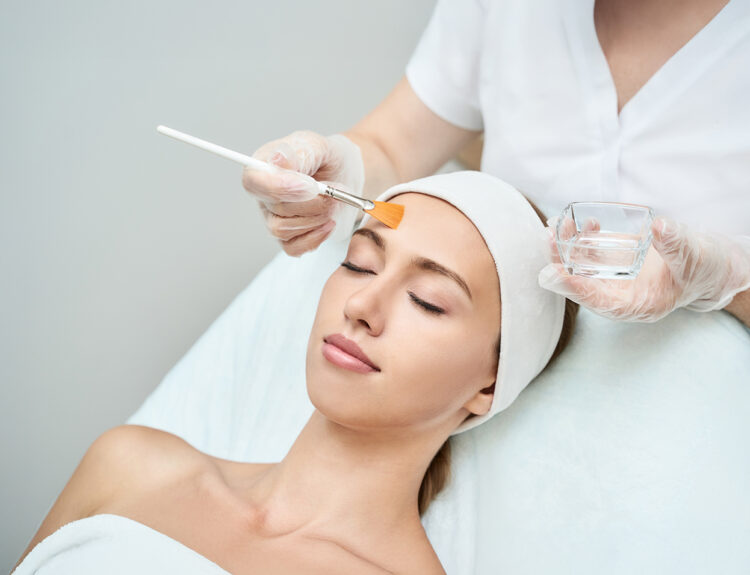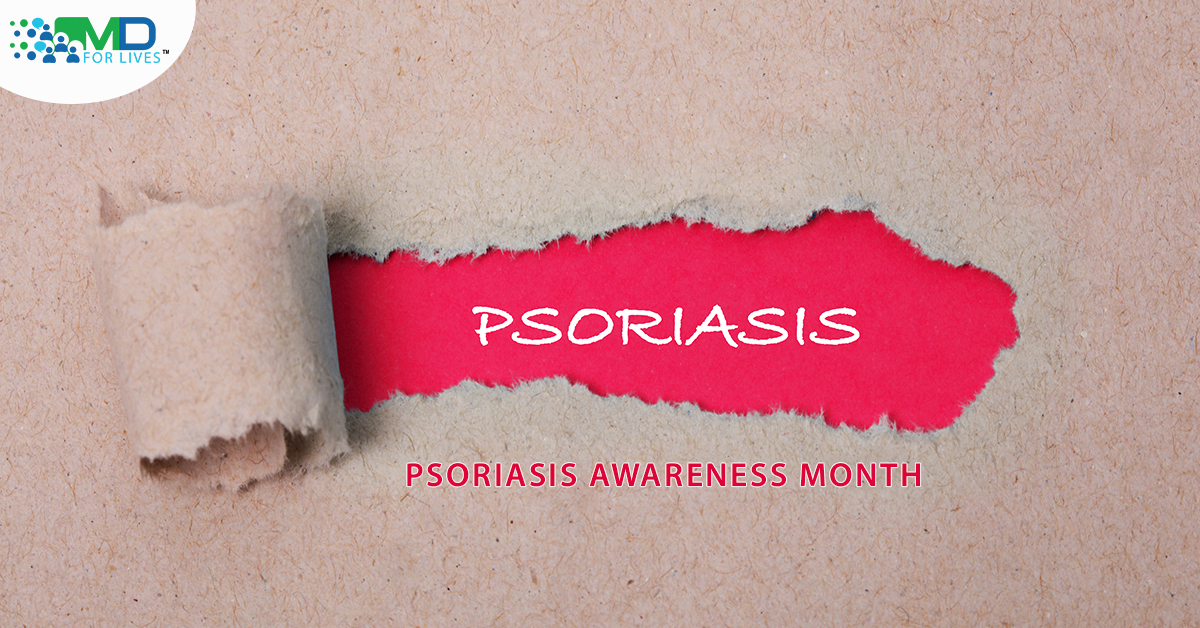Rosacea is a skin condition that affects the face, specifically the forehead, nose, cheeks, and chin.1,2 Patients often require lifelong rosacea treatment to minimize symptoms. The skin appears red and irritated, with small blood vessels and sometimes small pimple-like bumps (papules and pustules) visible on the face.1,2 Cutaneous swelling (known as phymas) and eye irritation may also develop.1,2About 16 million people in the US have rosacea, which is more common in women than in men.1,2 Although rosacea is more common in people with fair skin, it can develop in any skin type.1,2

Subtypes of rosacea
Rosacea is clinically divided into four subtypes that may appear together.2
- Erythematotelangiectatic rosacea (vascular rosacea): This subtype is characterized by vascular symptoms including flushing, erythema, and telangiectasia.1,2 Stinging and burning sensations may also develop.2,3 This is the most difficult subtype to treat.1
- Papulopustular rosacea (inflammatory rosacea): This subtype is mainly characterized by inflammatory lesions that are similar to acne vulgaris but are usually painless.1,2 The skin also appears red and is more sensitive.1,3
- Phymatous rosacea: In this subtype, the skin thickens and appears irregular and with apparent nodules.1,2,3 Symptoms mainly involve the nose (rhinophyma) but could also involve other parts of the face including the ears.1,2 This subtype is more common in men.1
Ocular rosacea: Symptoms in this subtype include red, irritated eyes, including the eyelids and the conjunctiva.1,2 Patients may also develop burning and stinging sensations in the eyes, sensitivity to light, and blurred vision.1,2,3 It is estimated that 60% of patients with rosacea develop ocular symptoms.1

Rosacea impacts patients’ quality of life
Rosacea can impact patient’s self-esteem, social interactions, and other aspects of their quality of life.1 This is especially true because the symptoms appear on highly visible areas of the face and are chronic or sometimes life-long.1
Anxiety and depression are also common among patients with rosacea.1,2 Studies have also shown that significant improvements in Dermatology Life Quality Index (DLQI) scores are seen after successful rosacea treatment.1
Rosacea treatment updates
Rosacea is a chronic disease, and treatments are applied with the goal of minimizing rosacea signs and symptoms. Available treatments include topical treatments, systemic therapies, and procedures (such as laser and light treatments).1,2,3
A new clinical practice guideline for rosacea was published by the British Association of Dermatologists in May 2021.2 It includes updates regarding the clinical effectiveness of available rosacea treatments.2
The updated rosacea treatment guideline recommends the use of topical treatments such as metronidazole and azelaic acid for papulopustular rosacea.2 In severe cases, oral antibiotics such as tetracyclines, can be used; if that fails, a low dose of isotretinoin should be considered.2 Laser and light treatments, oral propranolol, and topical brimonidine are recommended for erythematotelangiectatic rosacea.2
For phymatous rosacea, the guideline recommends laser ablation or surgical intervention.2 For ocular rosacea, general management of eye dryness and irritation are recommended; this can include avoiding environments and medicines that cause dryness, using lubricants and warm compresses, and massaging and cleaning the eyelids.2
The rosacea treatment guideline also recommends that physicians consider the mental toll of rosacea on the patient and refer patients for psychological evaluation if needed.2
Patients may require more than one treatment method to adequately manage their symptoms.4,5 Available treatment options may not work for all rosacea subtypes; thus, there is a need for new treatment approaches and a better understanding of rosacea pathophysiology to improve patient outcomes.1,4

New rosacea treatment approaches
Sarecycline is a third-generation tetracycline antibiotic, approved by FDA to treat acne- tends to have fewer side effects than some other tetracyclines. A pilot study of oral sarecycline in 102 patients with rosacea showed good efficacy in patients with papulopustular rosacea; the drug was also well-tolerated.5 Unlike the commonly used oral tetracyclines, sarecycline is a narrow-spectrum antibiotic and the development of antibiotic-resistant bacteria might be minimized with its use.5

The cause of rosacea is not known, but a mix of genetic and environmental factors may be involved.3 Some of the suspected causes include damage of the connective tissue due to solar irradiation, high levels of the skin antimicrobial peptide cathelicidin, and the follicle mites Demodex folliculorum and Demodex brevis.1,2,3
There are certain triggers, however, that may cause flare-ups, and these include sun exposure, stress, certain food, spices, hot beverages or alcohol, and hot and cold weather.1,3
Other recent research links one form of rosacea to collagen damage.6 In the study, investigators showed that patients with erythematotelangiectatic rosacea have a damaged collagen matrix, which leads to the development of telangiectasias (dilated or broken blood vessels also known as “spider veins”) in the skin.6 The study provides support for the use and development of rosacea treatments that can restore the dermal collagen matrix.6






